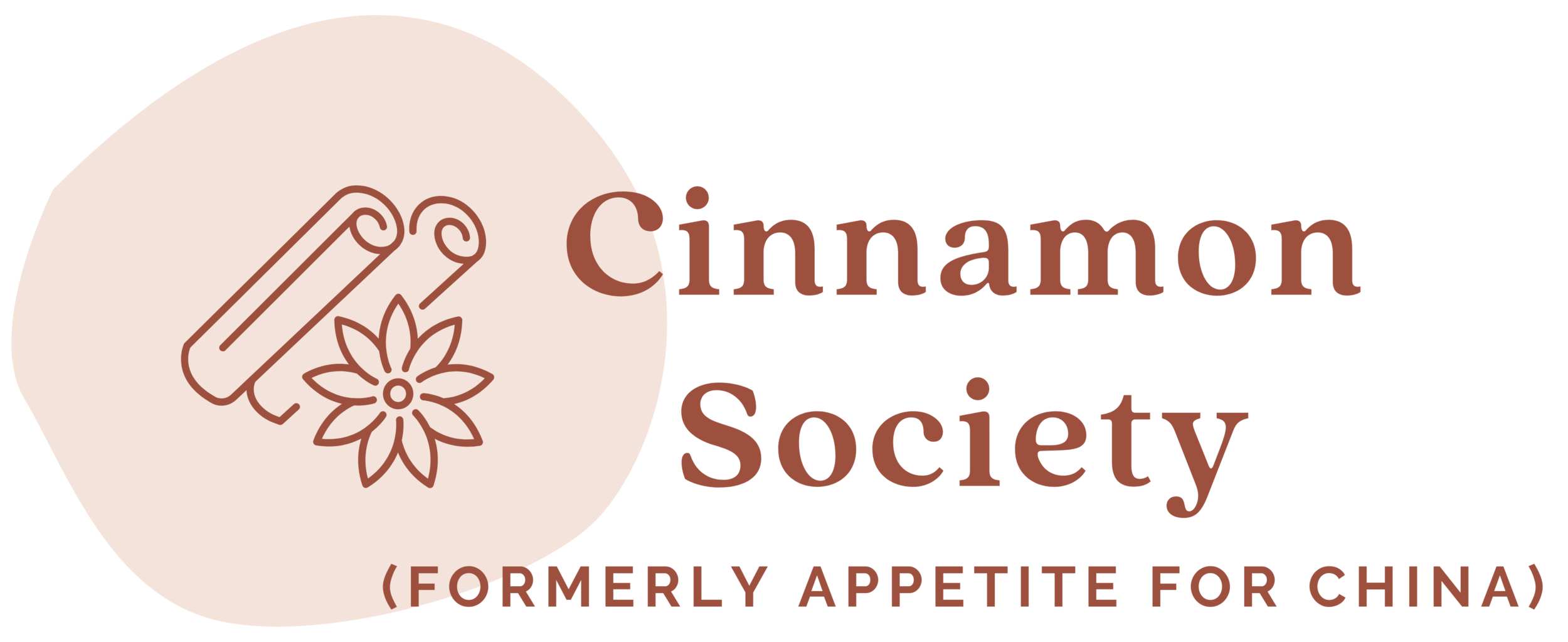I have written before about Lan Fong Yuen, the food stall in Hong Kong where pantyhose milk tea was supposedly invented. Sure, it's crowded, gets a lot of tourists, and makes you wait just to snuggle next to strangers. But I love that they still make their milk tea the old-fashioned way, by straining it through stocking-like nets. I also love that everyone can watch. Though the tea guy usually moves so fast that I haven't been able to get a better photo than the one I took in 2006.
At least I can console myself with some nice food close-ups. The pork chop bun up top is one of Lan Fong Yuen's specialties. Pork chop buns (a burger with a fried pork cutlet) originated in Macau, but in the past few decades have become standard cha chaan teng fare in Hong Kong. I still like the Macanese version better, since the bread is a crusty Portuguese roll instead of a sesame bun. But the pork matters most. If I'm in the mood for something fried, juicy, and porky, the wrong bread will not deter me.
Have you ever tried Hong Kong-style French toast? This is another greasy comfort food favorite. Forget whole grain or rye or other healthy brown breads. This one is puffy Chinese white bread dipped in an egg wash, pan-fried, and smothered with butter, peanut butter, or sweetened condensed milk. Lan Fong Yuen's is rich, but tame in comparison.
Read More